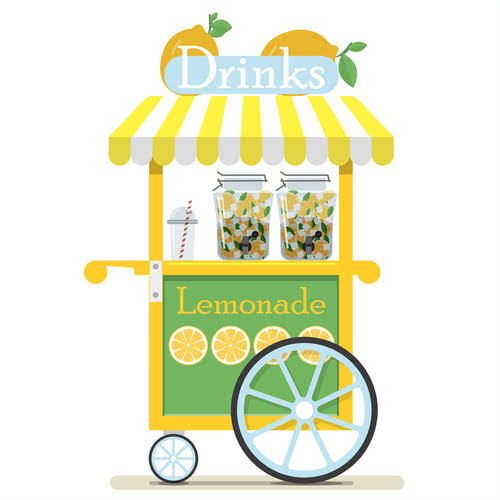
This helps keep inventory fresh and reduces inventory write-offs which increases business profitability. In some cases, a business may not actually sell or dispose of its oldest goods first. If you’re new to accounting, you’ll soon discover that inventory management is a critical aspect of financial reporting. One of the fundamental concepts for tracking stock on paper is the First-In, First-Out (FIFO) method. This is because even though we acquired 30 units at the cost of $4 each the same day, we have assumed that the sales have been made from the inventory units that were acquired earlier for $5 each.

FIFO Periodic
- With QuickBooks Enterprise, you’ll know how much your inventory is worth so you can make real-time business decisions.
- That’s why it’s important to have an inventory valuation method that accounts for when a product was produced and sold.
- Bench simplifies your small business accounting by combining intuitive software that automates the busywork with real, professional human support.
- All costs are posted to the cost of goods sold account, and ending inventory has a zero balance.
- The inventory value appears on the Income Statement as Cost of Goods Sold (COGS) and on the Balance Sheet as Inventory under Current Assets.
- FIFO also often results in more profit, which makes your ecommerce business more lucrative to investors.
As you’ll see below, each of these three methods result in different values for your inventory at the end of the accounting period as well as what are retained earnings your cost of goods sold. Since inventory is an essential part of a business, it also impacts the calculation of COGS at the end of the accounting period or fiscal year. Inventory valuation has a significant effect on balance sheets and inventory write-offs. For example, if you sold 15 units, you would multiply that amount by the cost of your oldest inventory. Using the FIFO inventory method, this would give you your Cost of Goods Sold for those 15 units. Use the following information to calculate the value of inventory on hand on Mar 31 and cost of goods sold during March in FIFO periodic inventory system and under FIFO perpetual inventory system.
Difference between FIFO and LIFO

Two hundred fifty shirts are purchased, and 120 are sold, leaving 130 units in ending inventory. FIFO and LIFO produce a different cost per unit sold, and the difference impacts both the balance sheet (inventory account) and the income statement (cost of goods sold). The company’s accounts will better reflect the value of current inventory because the unsold products are also the newest ones. The company sells an additional 50 items with this remaining inventory of 140 units.
FIFO vs. LIFO
Typical economic situations involve inflationary markets and rising prices. To use the weighted average model, one divides the cost of the goods that are available for sale by the number of those units still on the shelf. This calculation yields the weighted average cost per unit—a figure that can then be used to assign a cost to both ending inventory and the cost of goods sold.

When a business uses FIFO, the oldest cost of an item in an inventory will be removed first when one of those items is sold. This oldest cost will then be reported on the income statement as part of the cost of goods sold. In most cases, LIFO will result in lower closing inventory and a larger COGS. FIFO differs in that it leads to a higher closing inventory and a smaller COGS. LIFO is more popular among businesses with large inventories so Legal E-Billing that they can reap the benefits of higher cash flows and lower taxes when prices are rising. There are three other valuation methods that small businesses typically use.
Use QuickBooks Enterprise to account for inventory using less time and with more accuracy. QuickBooks allows you to use several inventory costing methods, and you can print reports to see the impact of labor, freight, insurance, and other costs. With QuickBooks Enterprise, you’ll know how much your inventory is worth so you can make real-time business decisions. The Sterling example computes inventory valuation for a retailer, and this accounting process also applies to manufacturers and wholesalers (distributors).

Working Capital: What It Is and How to Calculate It
Without an advanced inventory tracking system, the company has no way of telling when the sold items were actually purchased. The company has made the following purchases and sales during the month of January 2023. The company makes a physical count at the end of each accounting period fifo accounting examples to find the number of units in ending inventory.


